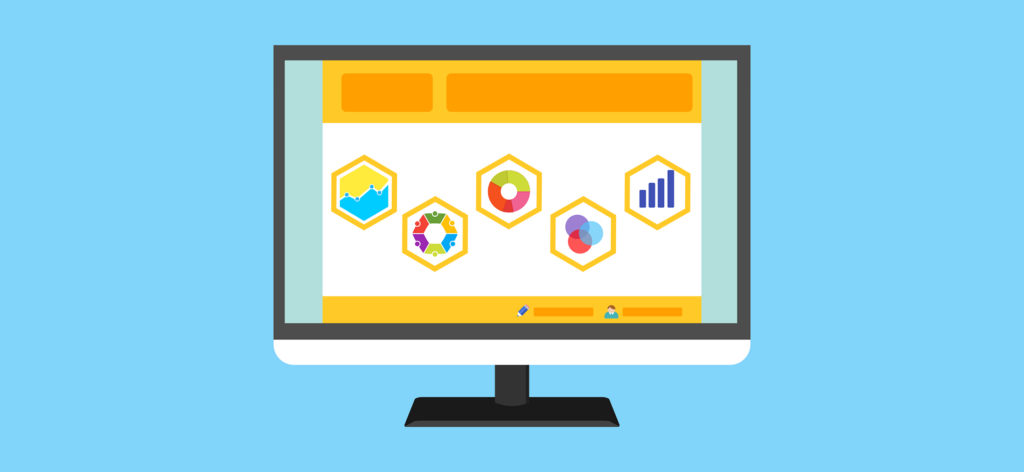This is part of an ongoing series that explores how different members of an organization can measure the ROI of a customer data platform (CDP).
Our previous article looked at how marketers can measure the ROI of a CDP. Now, let’s look at how data teams can select the right success metrics to measure the ROI of their CDP initiatives.
Number of Unified Customer Profiles
A CDP enables IT and data teams to deliver insights that improve marketing campaigns and guide strategic decisions. A CDP stitches together first, second and third-party data points, attributing them to the same person to create a unified customer profile, also known as a single customer view (SCV). According to a 2021 CDP Institute Survey, 88 percent of respondents believe that a unified customer view is the most important benefit of a CDP.
Each unique customer profile has its own permanent ID and includes customer data like demographics, contact information, purchase records, history of communications, and other consumer touch points.
A CDP with AI and machine learning can provide predictive analytics and identity resolution capabilities, which help organizations understand and convert both known and unknown audiences. This enables the CDP to become more effective at data unification over time, as profiles are enriched and attributes are updated with the most recent information from connected data sources.
Cleanliness and Accuracy of Customer Data
CDPs enable IT teams to offer stakeholders a more accurate picture of a customer’s needs by collecting, cleansing, and enriching unified customer profiles. CDPs ingest and cleanse data coming from multiple sources to ensure consistency by:
- Resolving identities
- De-duping profiles
- Purging inaccurate and out-of-date data
- Resolving discrepancies and redundancies
Some CDPs also have ETL (extract, transform, and load) functionality for building data pipelines in support of these activities.
Efficiency of Data Processing
CDPs optimize business processes and make organizations more efficient when retrieving, classifying, and activating on customer data. The ability to capture bulk data in real time, handle identity resolution, unify customer profiles and deliver meaningful analytics enables data professionals to get insights directly — and quickly — into the hands of the people who need them.
As a result, business users become less reliant on IT teams for their data needs and enables data teams focus on more meaningful work – making processes more efficient, while boosting productivity. For example, an organization’s IT staff will spend less time fielding query and report requests related to:
- Prospecting and sales
- Marketing campaign management
- Audience management
- Customer service and support
Data Privacy, Compliance and Governance Across the Organization
CDPs help IT teams keep their organization in compliance with data privacy laws and regulations by instituting a system for data access and control across teams, and by integrating consent and privacy data into unified customer profiles.
CDPs centralize the management of consent, personal data privacy, compliance and governance. With a CDP, an organization can effectively capture customer consent and privacy preferences from online, mobile, and call center apps, store that information, and apply it to downstream applications. Those personal preferences become a part of the customer’s unified data record, and are enforced throughout all activations and interactions with the organization.
A CDP helps protect customers’ personally identifiable information more efficiently, reducing the liability risks of a breach and the penalties of non-compliance with regulatory requirements.
Efficiency of Connected Systems
CDPs help break down data silos by integrating with independent platforms. This streamlines processes and increases the efficiency and accessibility of relevant data across an organization. A CDP with connectors to key second-and-third-party systems reduces the time and effort IT teams must spend to develop custom integrations.
CDP vendors’ selection of out-of-the-box integrations varies. Integrations may export data from or import data to the CDP, depending on the platform. Several examples of the technology verticals and platforms that CDP vendors provide integrations for include:
- Business intelligence (e.g., Microsoft Power BI, Tableau, Google Sheets, Excel)
- Customer relationship management (e.g., Gigya, Intercom, Salesforce)
- Cloud and file storage (e.g., Adobe Analytics, Dropbox, Google Drive, FTP server)
- Databases (e.g., Amazon Redshift, Microsoft SQL, My SQL, Snowflake)
- Data management (e.g., Hive, Salesforce, Oracle Bluekai, Repro)
- E-commerce (e.g., Magento, Shopify, VTEX)
- Email marketing (e.g., HubSpot, MailChimp, Marketo)
- File importing (e.g., CSV, TSV, AWS S3, legacy bulk)
- IaaS and PaaS (e.g., Heroku, Java Apps, REST API)
- Mobile and desktop applications (e.g., Android SDK, iOS SDK, Mobile SDK, Unity SDK)
- Web and mobile analytics services (e.g., Amplitude, Dynalyst, Google Analytics)
Data Democratization
In many enterprise organizations, IT teams are stretched thin and overworked. Implementing a CDP with low-code/no-code development functionality enables non-technical employees to quickly build and execute campaigns or programs with less reliance on their IT department.
Low-code and no-code development functionality in a CDP allows for modular “drag-and-drop” coding. Developers and non-developer employees (such as marketers and business analysts) can quickly build and test software applications without coding everything from scratch.
By democratizing data access, CDPs enable business users to execute smaller development projects without IT support. That eliminates IT bottlenecks, freeing IT staff to focus on larger, more complex initiatives. It also reduces the demands on IT staff involved in data management, database administration, and data analysis.
Bringing Value for Data and IT Teams
The versatility and flexibility of a customer data platform helps IT professionals and data teams provide more value, while using resources more efficiently. While mainly deployed for data integration, CDPs have many other uses that expand how IT and data teams can help their companies operate more efficiently and increase profitability.



